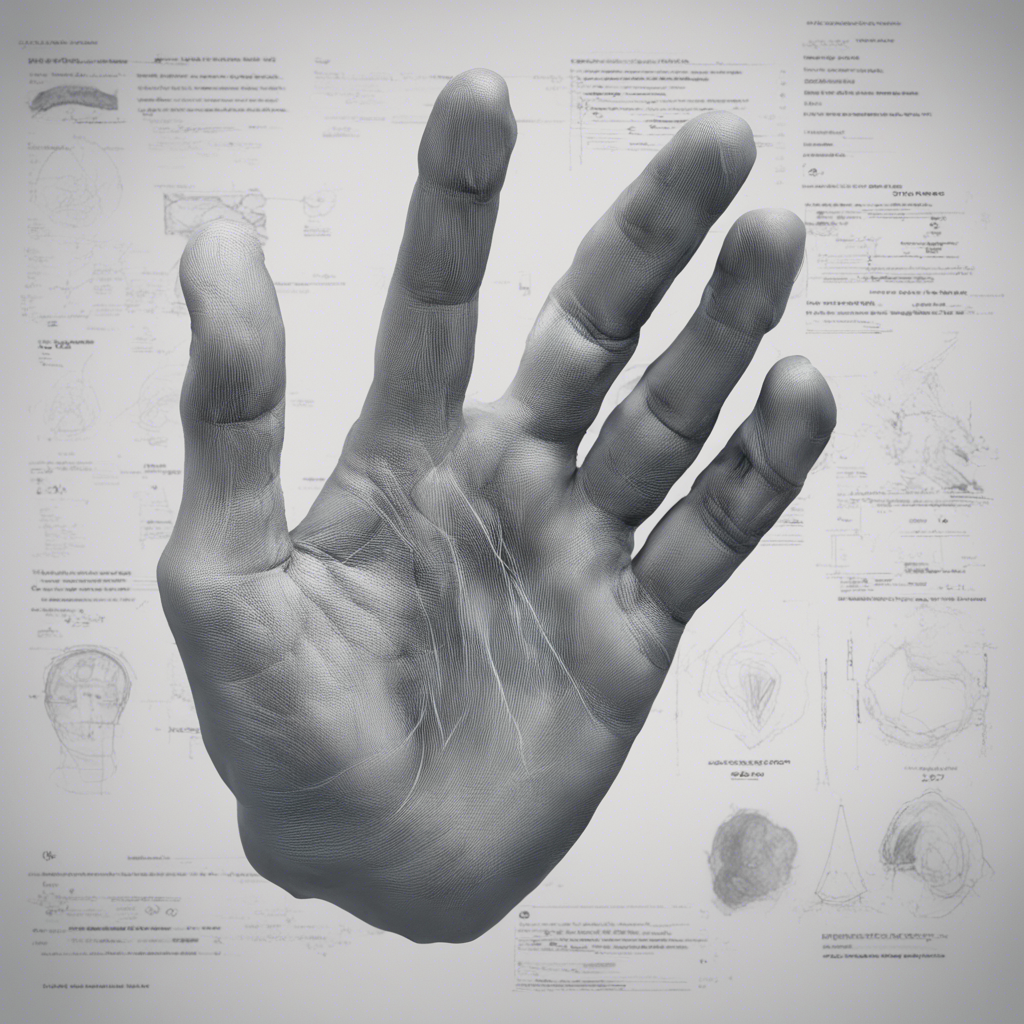
The Potential of Biometric Security in Tech
In today’s technology-driven world, securing personal information and protecting digital identities has become increasingly important. Traditional password-based authentication methods have proven to be vulnerable to hacking and impersonation. In light of this, biometric security has emerged as a promising solution to enhance data protection and strengthen user authentication.
Understanding Biometric Security
Biometric security is a technology that uses unique physical or behavioral characteristics of individuals to authenticate their identity. These characteristics can include fingerprints, facial features, voice patterns, iris patterns, and even typing rhythms. Unlike passwords or PINs, which can be forgotten or easily hacked, biometric parameters are inherently unique and difficult to replicate. This makes them a highly secure method of identification.
Biometric systems are designed to capture and store individual biometric data in a secure manner. Once enrolled, an individual’s biometric data is used to create a template that is securely stored and can only be accessed by authorized personnel or devices. When authentication is required, the biometric system compares the presented biometric data with the stored template to verify the individual’s identity.
Advantages of Biometric Security
Enhanced Security
One of the primary advantages of biometric security is its enhanced level of security compared to traditional authentication methods. Biometric characteristics are unique to each individual, making it extremely difficult for imposters to gain unauthorized access. Unlike passwords, which can be forgotten or stolen, biometrics cannot be easily replicated or forged.
Convenience and User Experience
Biometric authentication provides a more convenient and user-friendly experience for individuals. Unlike passwords that require regular updating and remembering, biometric data is always conveniently available and easily accessible. Users can simply scan their fingerprint or look at a camera to gain access, eliminating the need to enter complex passwords or carry additional authentication devices.
Scalability and Adaptability
Biometric security systems can easily scale to accommodate large user databases without compromising efficiency or security. Whether it is implemented in mobile devices, access control systems, or online platforms, biometric authentication can adapt to various environments and use cases. This scalability makes it a valuable solution for organizations of all sizes and industries.
Applications of Biometric Security
Banking and Financial Services
The banking and financial sector has embraced biometric security as a means to combat fraud and strengthen customer authentication. Biometric authentication methods, such as fingerprint scanning and facial recognition, have been integrated into mobile banking apps and ATMs to provide secure access to accounts and transactions. This ensures that only authorized individuals can access sensitive financial information and perform transactions.
Government and Border Control
Biometric security has found its place in government applications, particularly in border control and immigration systems. Biometric identification, such as facial recognition and fingerprint scanning, is used to verify the identities of individuals at airports, seaports, and land border crossings. This helps prevent identity theft, detect fraudulent documents, and improve border security measures.
Healthcare and Patient Safety
In the healthcare industry, biometric security plays a crucial role in ensuring patient safety and preventing medical identity theft. With the implementation of biometric authentication, healthcare providers can accurately identify patients, secure electronic health records, and reduce the risk of unauthorized access to sensitive medical information.
Challenges to Overcome
Despite its potential, biometric security also presents some challenges that need to be addressed for wider adoption:
-
Privacy Concerns: The collection and storage of biometric data raise privacy concerns, as it involves personal information that can be misused if not adequately protected. Strong data encryption and strict security measures are necessary to safeguard biometric data from unauthorized access.
-
False Acceptance and Rejection Rates: Biometric systems may sometimes encounter false acceptance or rejection rates due to variations in the captured biometric data. These errors can lead to inconvenience for users or compromise the security of the system. Continuous advancements in technology aim to improve the accuracy and reliability of biometric systems.
-
System Complexity and Cost: Implementing biometric security systems can be complex and costly, requiring specialized hardware, software, and infrastructure. Organizations need to carefully assess the feasibility and cost-effectiveness of biometric solutions before implementation.
Looking Ahead
As technology continues to evolve, so will the potential of biometric security in tech. Advancements in artificial intelligence and machine learning algorithms will refine and enhance biometric recognition systems. Emerging technologies, such as gait and vascular pattern analysis, may add additional layers of security and expand the scope of biometric authentication.
In conclusion, biometric security holds immense potential in revolutionizing the way we protect and authenticate digital identities. By leveraging unique physiological and behavioral characteristics, biometric systems offer enhanced security, convenience, and scalability. Organizations across different industries are increasingly embracing biometric authentication to safeguard sensitive data and deliver a seamless user experience. While challenges such as privacy concerns and implementation costs exist, continuous research and innovation will pave the way for a future where biometric security becomes the norm in the tech industry.
References:
- Biometrics: The Future of Identity Authentication, National Institute of Standards and Technology (NIST)
- Biometric Security: From Historical Perspective to Future Paradigms, Sensors Journal - MDPI
- Biometric Security Outlook: Tech Advancements and Future Trends, Biometric Update






